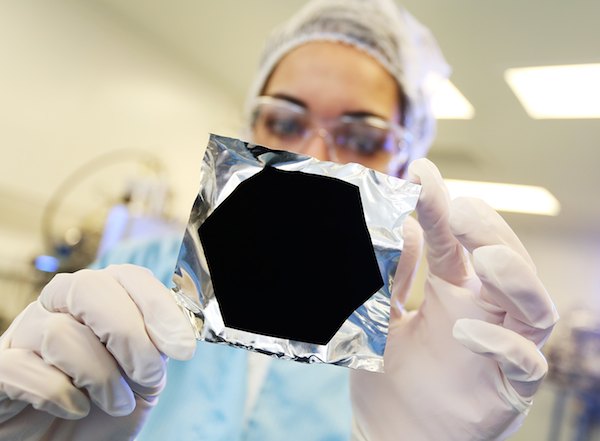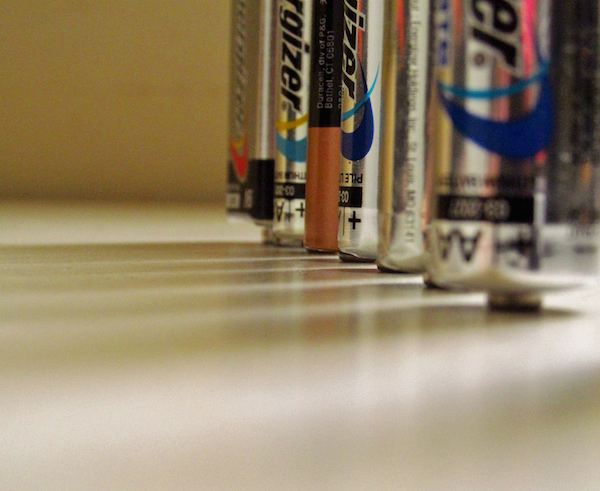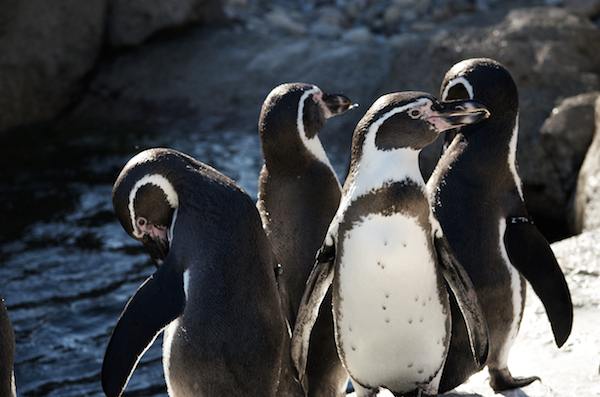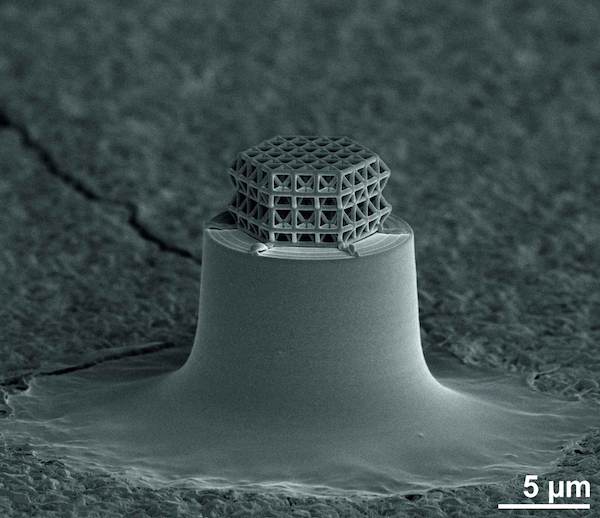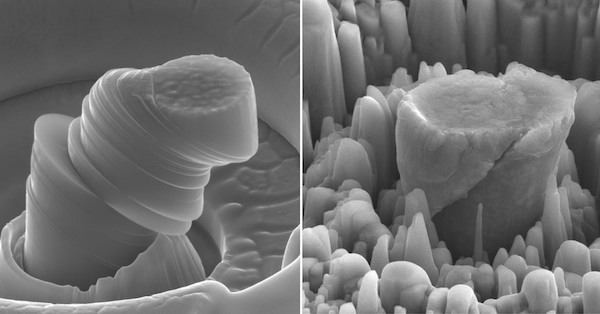The world’s blackest material, Vantablack, just got blacker. U.K. company Surrey NanoSystems developed the carbon nanotube material a few years ago, but the company now says it has recently improved the material to absorb so much light that it cannot be measured with a spectrometer.
Read MoreResearchers at the Key Laboratory of Bio-Inspired Smart Interfacial Science and Technology at Beihang University (Beijing, China) say that in addition to being superhydrophobic, penguin feathers also owe their ice-shedding abilities to anti-adhesive qualities.
Read MoreAn international team of researchers have grown carbon films that allow microchips and power sources to be combined into one, opening the door to integrated power and smaller electronic devices.
Read MoreKarlsruhe Institute of Technology scientists have turned to 3-D laser lithography to build the world’s smallest microlattice structures. But while this method is great at fabricating intricate, precise, and tiny structures, it has just one small problem—it cannot go small enough.
Read MoreClear cerium oxide coating could protect space electronics, living cells from damage of UV radiation
Researchers at Zhejiang University and South China University of Technology in China have created new glass-based composite materials that are really good at absorbing UV radiation.
Read MoreScientists at Fraunhofer Institute for Silicate Research, collaborating with scientists at Westphalian Wilhelms University of Münster and the Technical University of Braunschweig in Germany, are experimenting with glass to help answer the very question of how it all began.
Read MoreResearchers and ACerS members from Lehigh University and the University of Colorado have teamed up to decrease the amount of energy needed for glass-forming, an important process by which glass products take shape.
Read More
